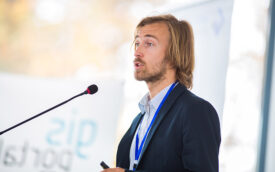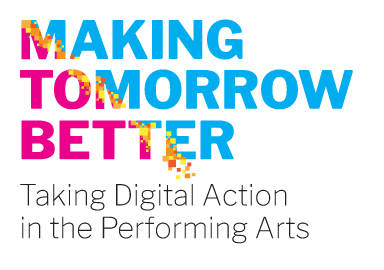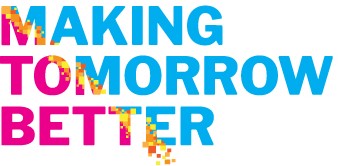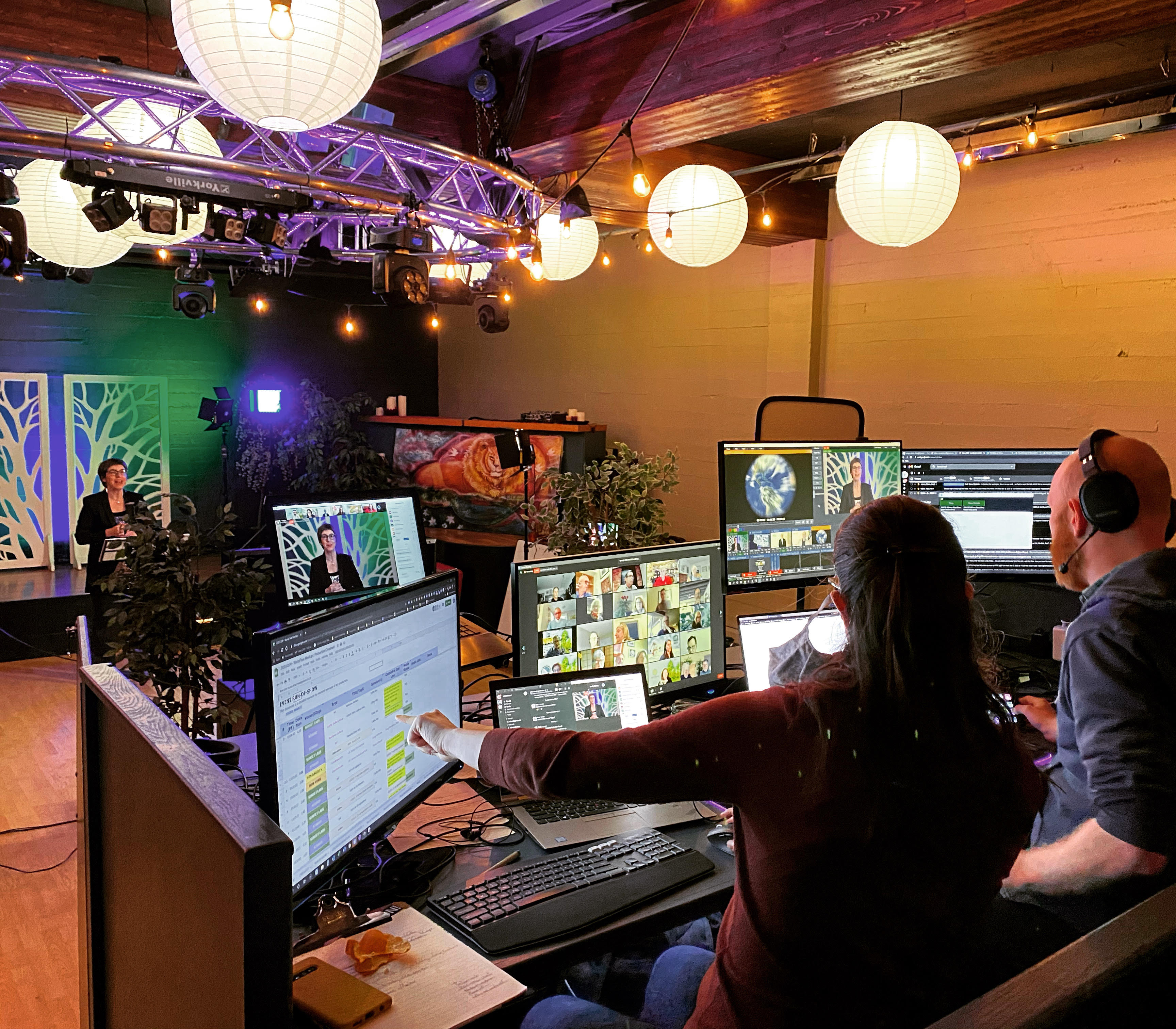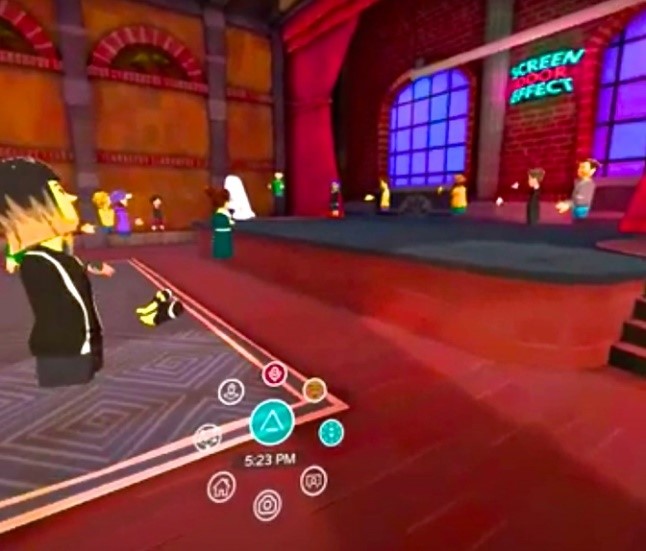Performance and XR: An Experimental Conference
Delivering a Performing Arts Conference about Virtual Reality in Virtual Reality
By Felicity Buckell in conversation with Liam Karry, PXR2020, November 2020
Edited by Inga Petri (Strategic Moves/ [email protected])
As part of our research into how to design awesome online conferences, workshops, and events, we spoke with Liam Karry, one of the founding directors of the Single Thread Theatre Company, based in Kingston, Ontario.
Earlier this year, Single Thread, led by Symposium Director Alex Dault, partnered with the Electric Company Theatre to host PXR2020, a performing arts meets virtual reality conference. Over two weekends in October 2020, Canadian artists and digital content creators entered a virtual world to interact and discuss how they are using extended reality in the creation of live performance.
Inception
Single Thread has been pioneering immersive storytelling techniques in site-specific, non-traditional spaces since its founding in 2003. For the past decade Single Thread has been exploring the emerging media of XR—‘extended reality’ include technologies comprising the spectrum of real-and-virtual environments and interactions, including augmented reality (AR), virtual reality (VR), and mixed reality—as a means of creating immersive theatre experiences.
Several years ago, immersive theatre began shifting from the fringes toward centre stage. Concurrently, XR technologies were becoming increasingly available and affordable to consumers; around 2015, VR headsets became available for under $1,000. It was this convergence, Liam describes, which sparked Alex’s idea to hold a Virtual Reality Symposium for Canadian artists and XR technologies, exploring creation and performance in XR.
In partnership with the Centre for Entertainment Arts (Langara College), the Vancouver VR Community, and Outside the March Theatre Company, Toasterlab, Cohort, and Playground Studios, PXR2020 (Performance and XR 2020) was born, with support from the Canada Council for the Arts.
“The synergy between the VR environment and theatre is exciting, as theatre people know how to animate space, create narratives, and celebrate the human elements of location… and the technologists have their own skill set. This community creates the environment where both sides see the value of what the other side is offering,” Liam explains.
PDF Series (for download)
- Fundamentals of Great Online Conferences: A Practitioner’s Perspective on Design and Technology
- Streaming Technology Equipment Kit for Speakers
- Online Conferences: Essential Tips for Speakers Or How to Achieve True Participation and Learning Online
- Online Conferences Thrive on Attendees’ Participation: From ‘Attendee’ to ‘Participant’ in 7 steps
- Accessibility and Inclusion: Creating Better Online Conference Experiences for More People More Often
- Financial Considerations of Online Conferences: Cost Drivers and Revenue Streams
CASE STUDIES
Pivoting platforms
Set for October 2020, the original intention was to hold an in-person symposium in Vancouver. With the onset of the Covid-19 pandemic, “we realized that the obvious choice was to postpone,” says Liam, “but the way more awesome choice would be to pivot, to jump right in, fitting the mantra of our company.”
It was decided to hold an event about VR, entirely in VR. Funding that would have been spent on logistics and travel was shifted to heavily subsidize the technology: registration was $75 for those with their own headsets, and for those without, the fee was $450, enabling artists to attend the conference for a third of the actual cost. With this headset registration, Oculus Quest VR headsets were mailed to conference registrants across Canada.
Note: Facebook purchased Oculus in 2014 and integrated it fully with Facebook social network in 2018. In the fall of 2020, Facebook announced that stand alone Oculus account registrations will no longer be supported but existing accounts will be supported until 2023. New Oculus accounts will require a Facebook account. In the case of PXR, attendees did not have to create a Facebook account to participate, in order to use the AltspaceVR platform. Further, the majority of attendees participated via Windows desktop as the platform supported 2D desktop access.
Real space (virtually)
Creating an approximation of real space in the virtual conference world was at the forefront of the event’s design. “We suspected that the real value to this would be providing an approximation of space,” says Liam, “with spatialized sounds, having to walk from room to room, going over there, stepping through this door, having someone say ‘back up, you’re too close to the stage.’ We wanted people walking and talking.”
Attendees saw the conference world from a first person perspective, with others seeing them as a digital avatar.
Interactive Immersion
With a VR headset connected to WiFi, participants used VR social applications to enter a three dimensional space online, using whiteboard markers to draw, watch presentations, experience VR artwork firsthand, and explore gallery and museum spaces.
Participants could pick up objects and pass them to others; they were able sit down beside someone, get up and walk into another room and leave the group, but still be aware of their presence.
Based on the reoccurring comment in post-conference feedback that ‘the best part of the conference was that we got to run into other people in the hallways’, it was a resounding success.
Strong Interest Meant Capping Registration
Hoping for about 70 participants, the innovative platform and broad array of programming quickly piqued the interest of over 100 individuals: artists from across disciplines who have worked with XR media (or want to), technologists (XR and other digital content creators, programmers, video game designers), educators, and curious minds alike. At that point, Liam noted, “we needed to limit the numbers because of the nature of the environment of the virtual world; the mechanics are not set up for giant auditoriums… and the best learning happens when there are 10 or 20 of us, when we can turn to one another and say ‘how are you?’”
Making Connection
Reviewing the PXR2020 archival videos, one gets a feel for this; scenes include folks chatting on the balcony, sitting on the floor, and gathering around a campfire.
As Liam notes, being in this virtual space, purposefully crafted to approximate physical space and with spatialized sound, “…is so satisfying. You know it’s not real, you know you have a headset on, but it feels like you’re actually sitting around a fire with friends. It feels like a community in a way that a screen with pictures of faces just doesn’t. Emotionally, you are there.”
To approximate after-hours networking aspects, auxiliary programming included opportunities for spontaneous human to human connections to take place; during the weekdays between conference weekends, attendees could go world hopping, jump into silly worlds to play laser tag, or just hang out.
Post-conference: building an enticing VR community
The community continues to develop. Since the conference PXR2020 has been hosting monthly events, “so the discourse remains active,” says Liam. Although intended as a means to connect Canadian performing artists and technologists, people from New York and Europe are knocking at the door of this innovative VR community.
And just about anybody can come in. Although it is very early days for the VR performing arts scene, conversations have begun around accessibility. Currently, one of the most significant barriers remains the price for the play back technology, the VR headset. In 2015, the price of headsets dipped below the $1,000 barrier; in late 2020 they are around $500.
“One of the joys of the global XR community,” Liam notes, “is the widespread dedication and advocacy for accessibility and inclusion, similar to that which existed in the early internet. There is an expectation that all those involved have an obligation to do the work required for XR experiences to be universally welcoming.”
Bottom Line: It’s About People
Single Thread Theatre, along with a few others across Canada, have been on a trajectory into the digital scene for almost a decade; the Covid-19 pandemic merely accelerated it. Along with great partners, Single Thread and Electric Theatre worked diligently to develop an amazing online conference that is making waves across the globe, the impact of which will no doubt extend far beyond the pandemic.
And so we can be assured that when designing awesome digital conferences and workshops, be they through a web browser using online video conferencing tools or in virtual reality, the key remains: set the stage for meaningful human connection, interactions, and learning to take place.
Liam concludes, “people are the best part of the VR experience.”
